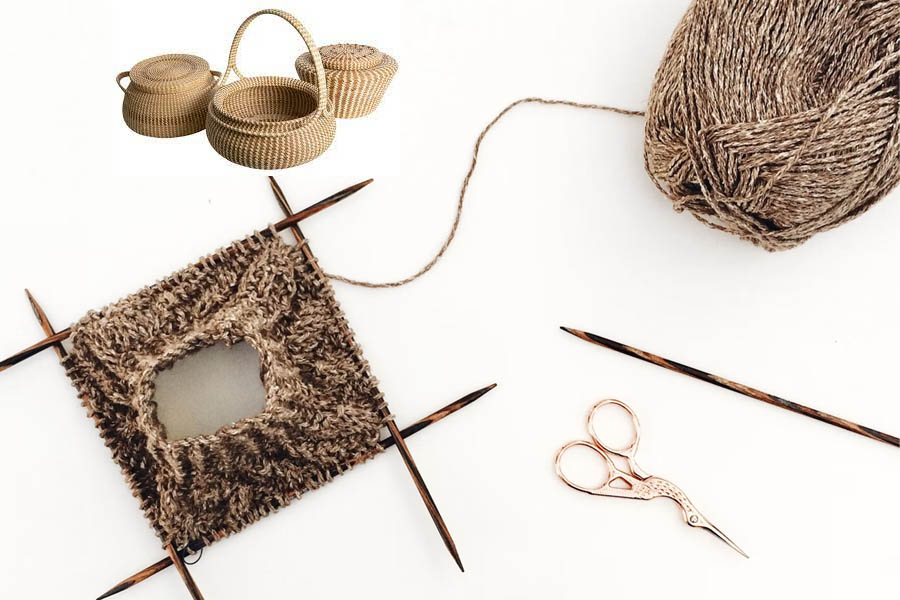
In 2007, Mary Jackson, an African-American fibre artist, wove together history, tradition, and innovation to create "Never Again," a remarkable piece of artistry. Crafted from sweetgrass and palmetto, this intricately woven basket stands as both a functional object and an abstract sculpture. At first glance, it appears monochromatic, but closer inspection reveals a mesmerizing blend of brown, cream, and green fibers, forming purposeful, swirling patterns of color. Much like a Jackson Pollock painting, "Never Again" encourages viewers to contemplate its details slowly, appreciating the artistry in every thread. Mary Jackson's talent has earned her the title of a "genius," according to Dale Rosengarten, a historian and curator. Her acclaim extends far and wide, with prestigious awards such as the MacArthur Foundation grant in 2008 and the National Heritage Fellowship from the National Endowment for the Arts in 2010, recognizing her contributions to preserving and reinvigorating the craft of sweetgrass basketry. Renowned art institutions, including the Smithsonian American Art Museum and the Museum of Fine Arts in Boston, have acquired her work. Notably, her creations have also found homes in the White House and even in the collections of international figures like King Charles III and the Japanese royal family.
Mary Jackson's designs embody elegant simplicity while drawing inspiration from a diverse range of influences. Her artistic journey, spanning decades, showcases an evolution of her craft and a commitment to pushing boundaries. Born in 1945, Mary Jackson hails from Mount Pleasant, South Carolina, and belongs to the Gullah ethnic group. The Gullah people, residing in the Sea Islands along the southeastern coast, have preserved their African heritage and language more effectively than other African-American communities. The history of coiled sweetgrass baskets in South Carolina is intertwined with the legacy of slavery and rice cultivation. Enslaved Africans brought with them agricultural traditions, including the use of grass baskets for winnowing rice. Despite the end of slavery, South Carolina's rice trade faced challenges, leading to a decline in demand for sweetgrass baskets. However, the emergence of a tourist industry in the 1930s brought new opportunities. Gullah community members began crafting decorative interpretations of their traditional baskets, providing a source of income for rural black families in the segregated South.
Mary Jackson's journey into sweetgrass basketmaking began at the age of four when her mother and grandmother introduced her to the craft. While initially seen as a chore, she later revisited basketmaking with a fresh perspective after being exposed to contemporary art movements during her time in New York. Her work pays homage to Gullah basketmaking traditions while embracing bold shapes and innovative dimensions. Over the years, her creations evolved from intricate, usable baskets like "Cobra with Handle" to more aesthetic pieces like "Two Lips." These delicate works marked a shift from utility to pure artistry. Mary Jackson's ability to create larger baskets using stronger materials than tradition dictates has influenced many modern artisans. Sweetgrass baskets today often incorporate palmetto leaves, pine straw, and bulrush, thanks to her pioneering spirit. "Never Again" stands as a testament to Mary Jackson's dedication and artistry, a piece she believes she may never surpass. As she approaches her 80s, she continues to push the boundaries of her craft, exploring uncharted territory and creating art that reflects her enduring legacy in the world of sweetgrass basketry.